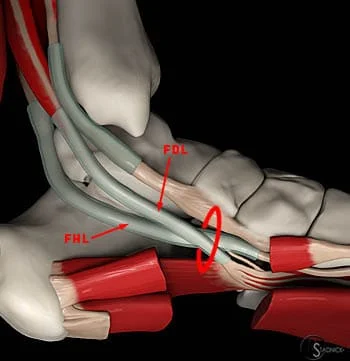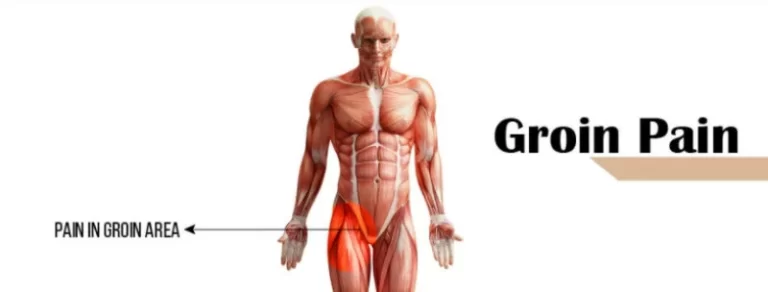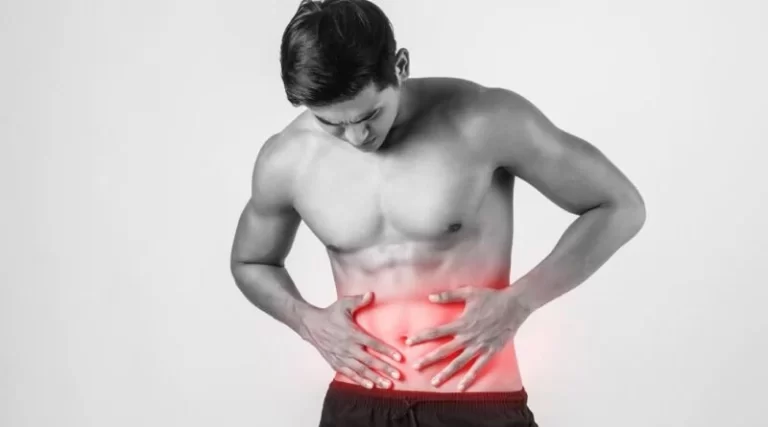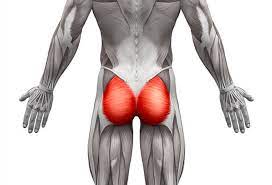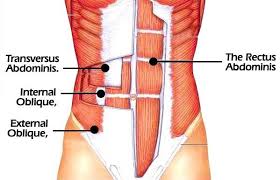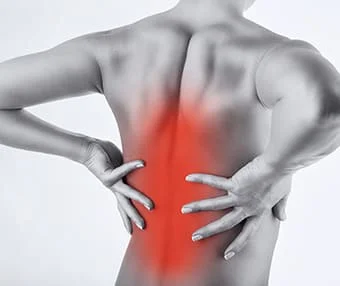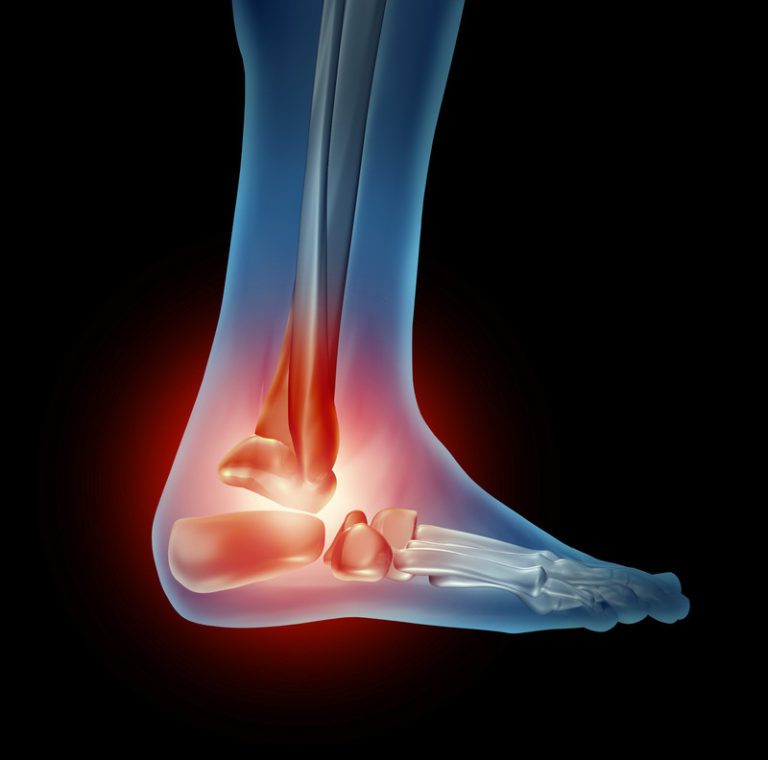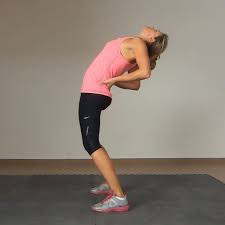Intersection syndrome of the foot
Introduction of intersection syndrome of the foot The case of “intersection syndrome” of the foot with marked fibrosis of an intersection between a flexor hallucis longus as well as the flexor digitorum longus tendons is reported and the flexor digitorum longus tendon, as well as the fibrous interconnection, was extended proximally.This condition is happen in…

